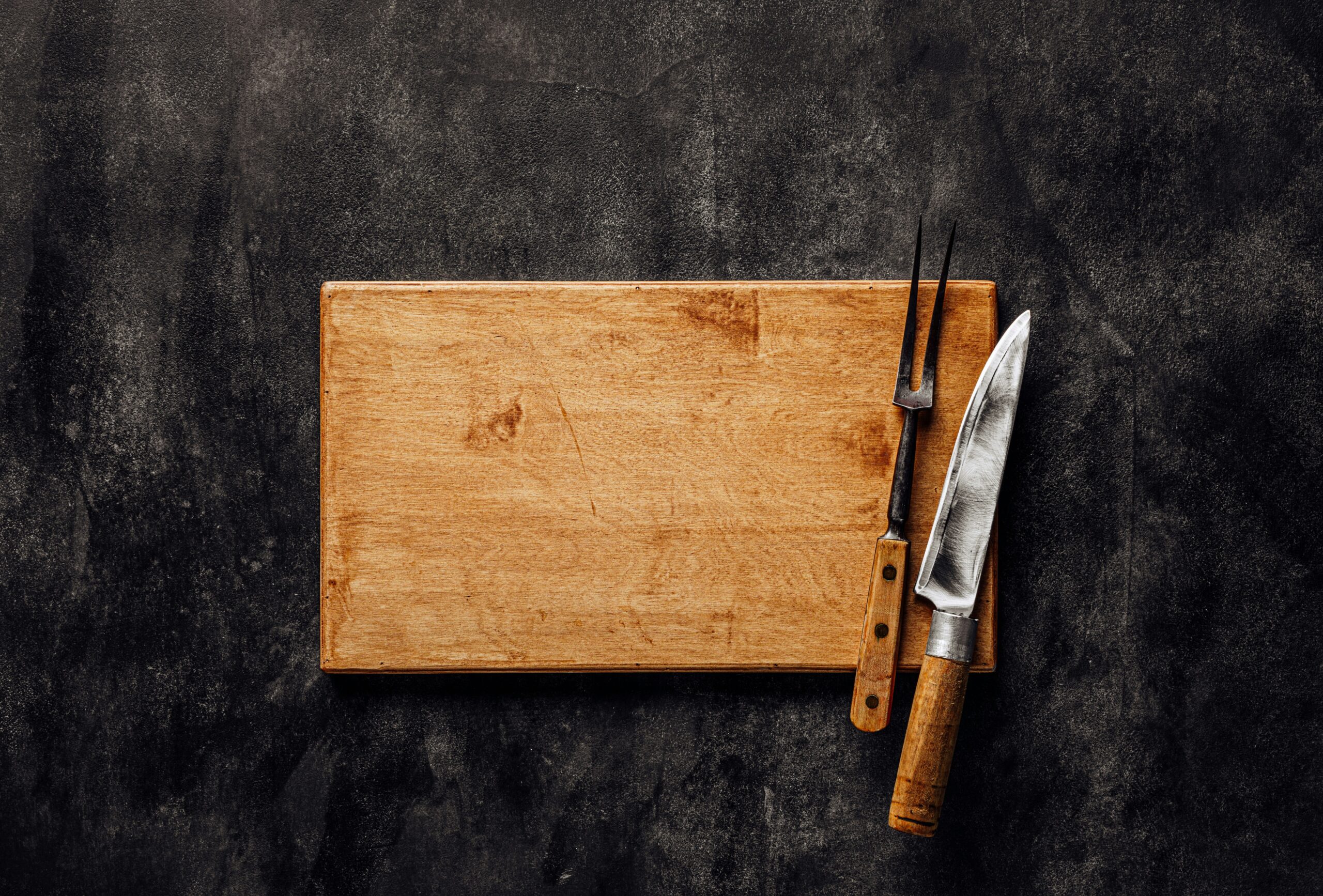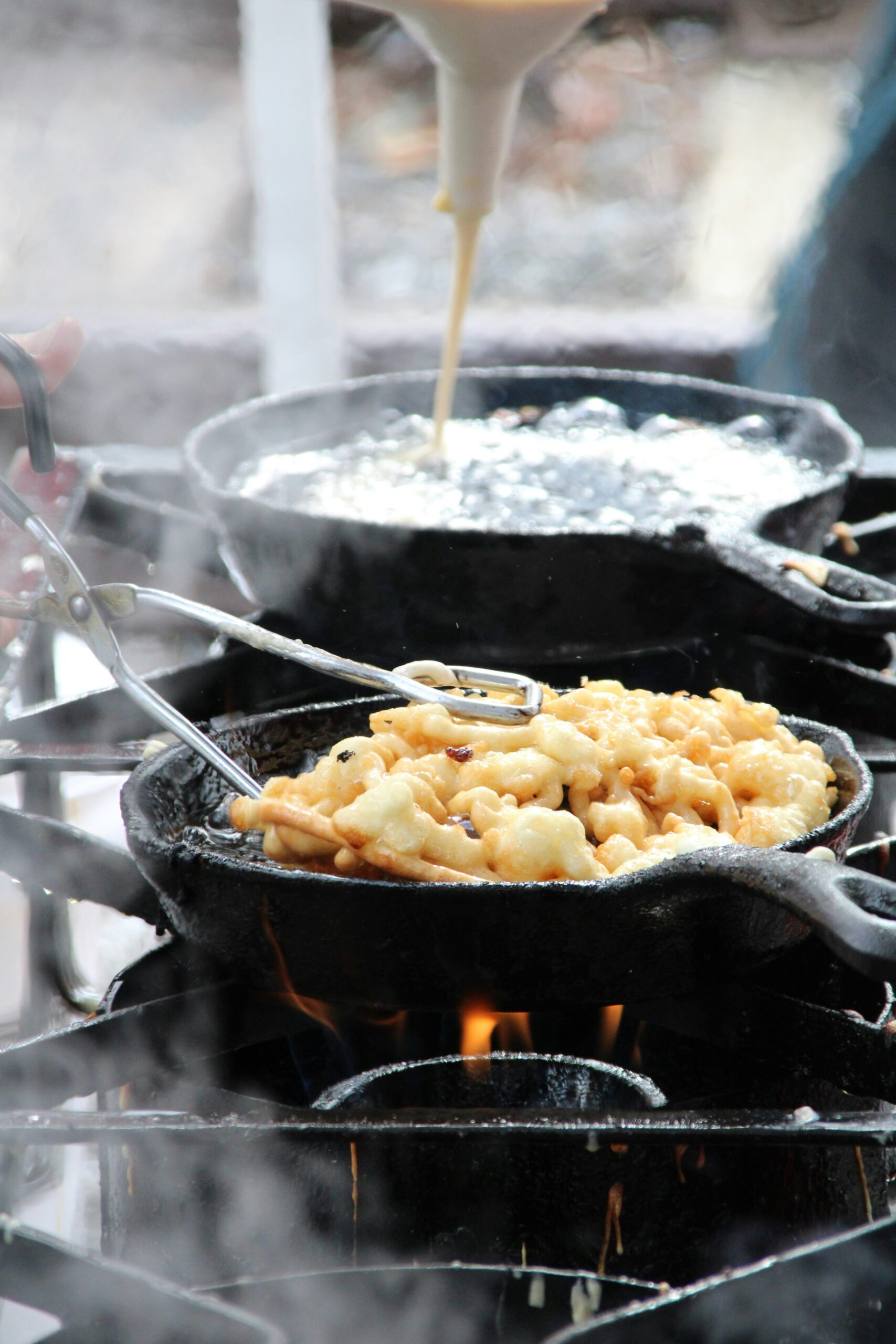One of the most important areas in your house is the kitchen. It is also the room that is most prone to being dirty and unorganized. Nobody likes to come to a messy and filthy kitchen. It’s where we make our food, so it should be well taken care of by everybody who lives in the house.
There’s a lot of things in the kitchen, both big and small. From a single spoon to the biggest pots, it is normal for us to leave clutter everywhere, especially if we are in a hurry. This can be problematic. However, it is easy to solve as long as you have the time and patience.
Most of the time, our kitchen cabinets suffer the most since it’s where all of our kitchen -related things are stored. Sometimes, we just jam all our stuff inside and close it with force. Out of sight, out of mind, right? Well, we have a solution for that. Here are simple tips and tricks to make your kitchen cabinets more organized and maximize its storage capabilities.
Purge Everything
Before going ahead with the storage and organization tricks, it is essential to note that all of them are more effective if we start from scratch. This means that we have to get all of the stuff out of our rta cabinets, or any kitchen cabinet, and file them somewhere else.
The kitchen is one of the hardest places to clean and organize, mainly because it is full of things such as small utensils, gadgets, and the like. By sorting out everything down to the smallest tool, you’ll see the things that you need and don’t need. It is in your best interest to throw away or put the things that you don’t need in another place, but of course, at your own discretion.
Use your Organizers
If you somehow still end up in a situation where you try to fit a lot of things in a single kitchen cabinet, it’s a smart move to start using organizers. With a lot of stuff in a single cabinet, you’ll end up jamming the kitchen cabinet, causing it to suffer from small damages to the sliding bars or worst, render it useless.
One good thing to do is to sort out the stuff inside a specific kitchen cabinet like, for example, separating the spoons and the fork. You can then divide the space between them with an organizer. This way, you’ll avoid jams that make the cabinet hard to push or pull, and it will be easier to remember where you put your things.
Utilize Turntables
If you don’t know what cabinet turntables are, they are turntables with glass cases that can be fit inside a small kitchen cabinet. It’s used to make all the utensils inside a particular cabinet more accessible and safe from damage. It’s excellent to use if you have a lot of dead spaces in your kitchen cabinets.
You can also use them to store condiments like hot sauces, bottles of powdered spices, or small bottles of liquid. You can place them beside your cooking area like the stove or below the counter so you can easily access your ingredients while cooking.
Alternate Between Closed and Exposed Cabinets
If you love flaunting your expensive china or silverware, you can alternate between closed and exposed cabinets. Sort out the things that you want your visitors to see and place them neatly inside the exposed cabinets. However, you might want to continually check them now and then as they are more prone to being dirty. For the things you don’t want your visitors to see, place them inside closed ones.
Take Some Things Out of Your Cabinets
One of the most common problems with kitchen cabinets is that they are too small compared to the number of things you use in your kitchen, thus overcrowding them. To combat this, you can take some stuff out of your cabinets like extra pots and pans, small kitchen utensils, and the like. You can hang your pots and pans on the wall or above the counter, or use the racks for your extra plates.
Coordinate Colors
If, however, you have sorted out everything and your kitchen still looks messy, you can arrange them in a way that it is nice to see. For example, you can organize your plates and mugs by color. You can also arrange them by size. Not only is it therapeutic, but it can also be a lot of fun. You could also do the same thing to your rta bathroom cabinets if you want.
Takeaway
The kitchen is one of the messiest places in your house and can be a bit of a problem if left unnoticed. You might think it’s hard to deal with it. However, it can be easy if you have the time, patience, and knowledge to sort it out.
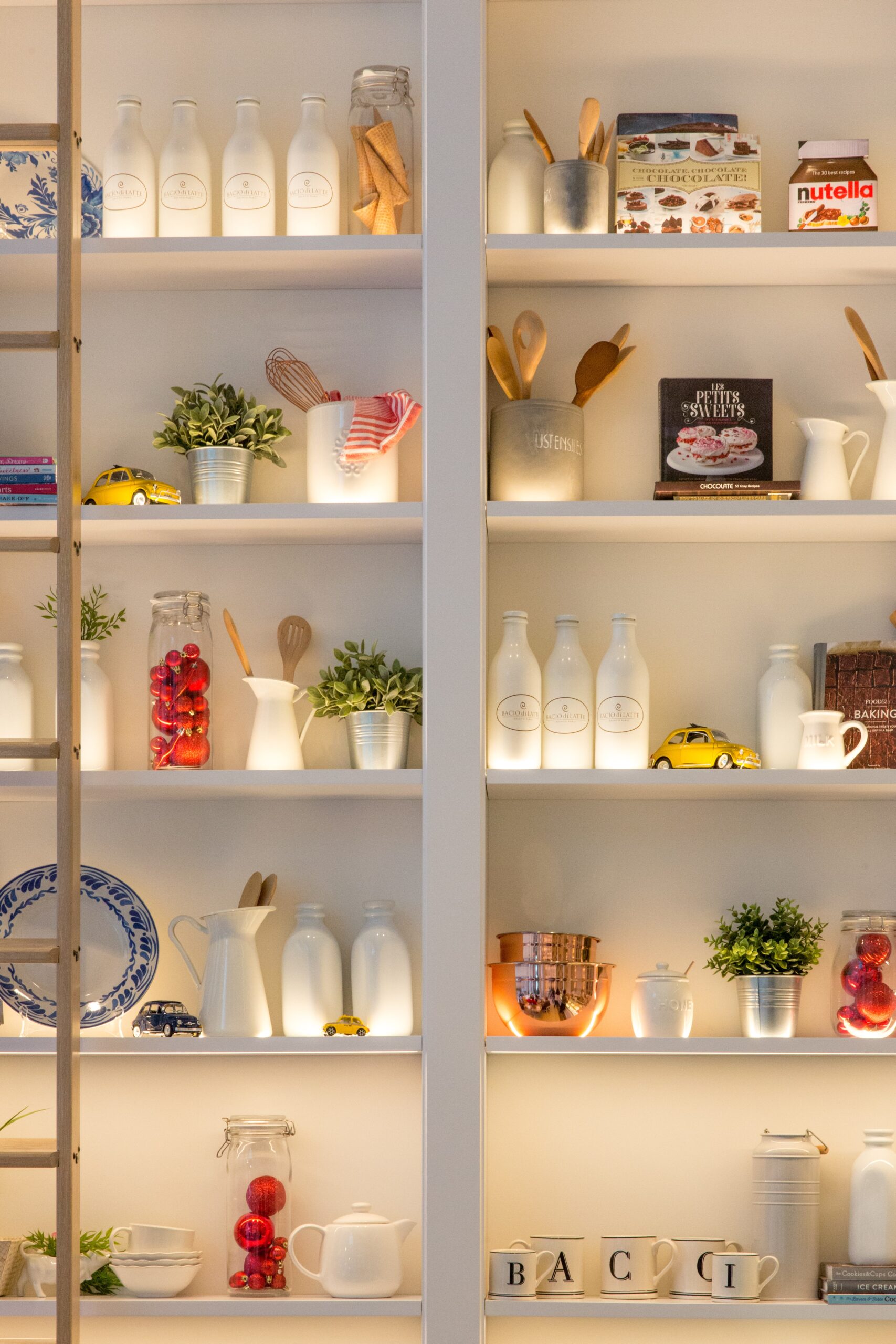


 News & Stories4 years ago
News & Stories4 years ago
 Restaurants4 years ago
Restaurants4 years ago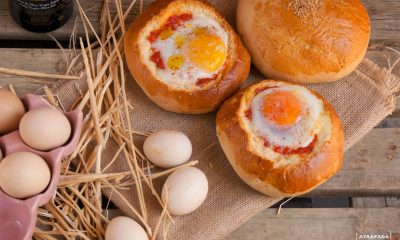
 Recipes4 years ago
Recipes4 years ago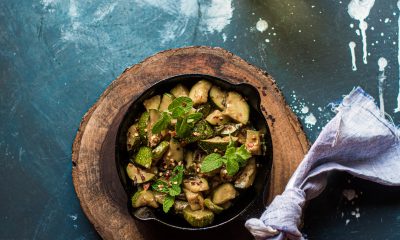
 Kitchen Gadgets4 years ago
Kitchen Gadgets4 years ago
 Chefs4 years ago
Chefs4 years ago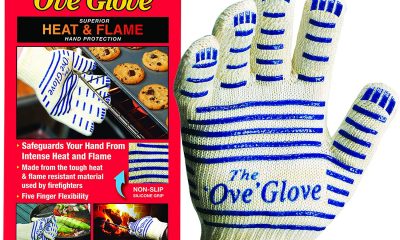
 Kitchen Gadgets4 years ago
Kitchen Gadgets4 years ago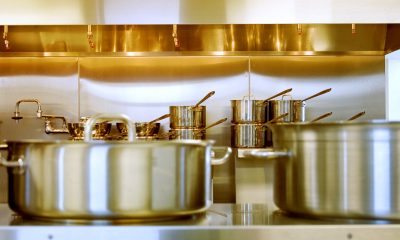
 Kitchen Gadgets4 years ago
Kitchen Gadgets4 years ago
 Chefs4 years ago
Chefs4 years ago